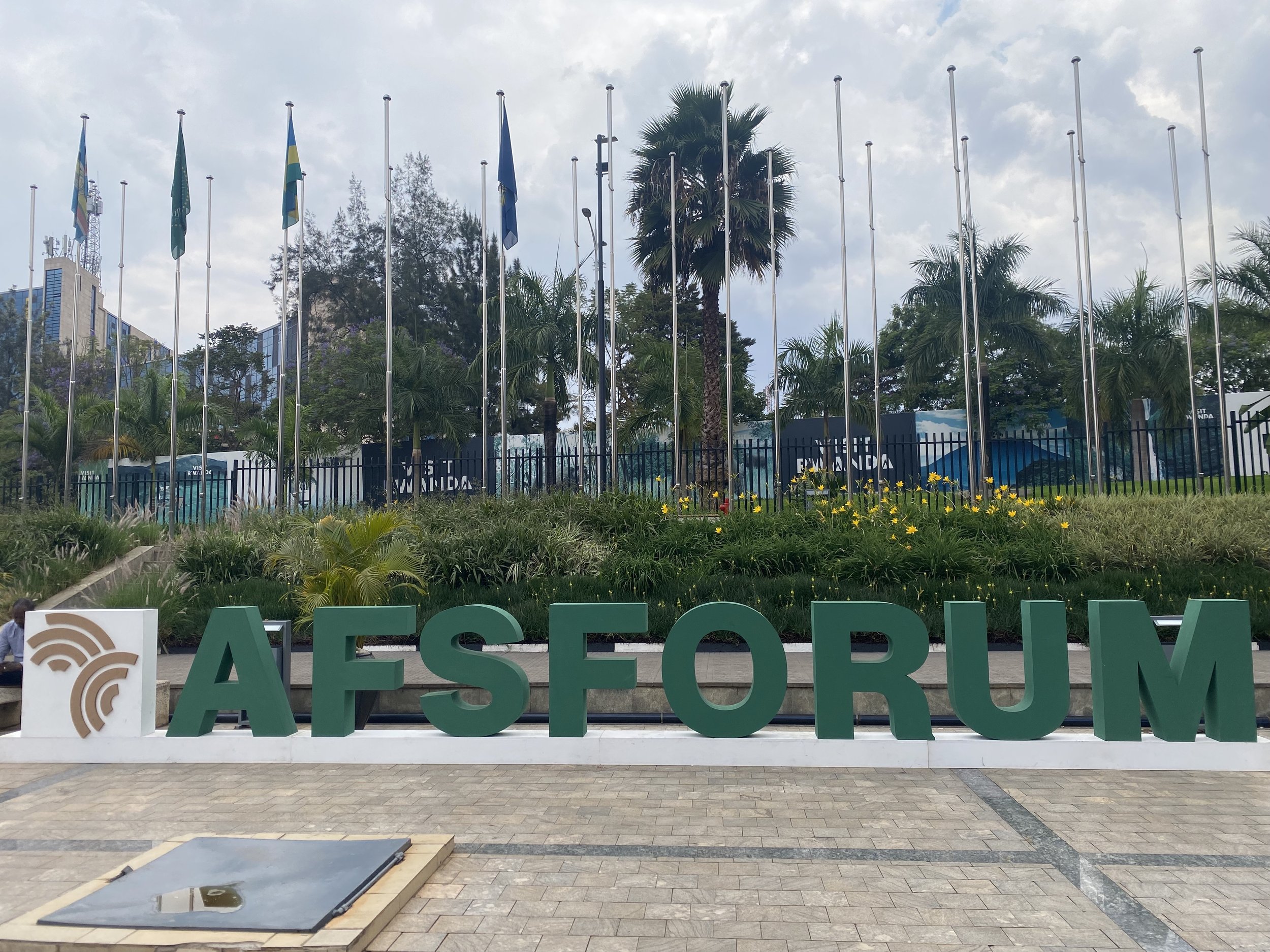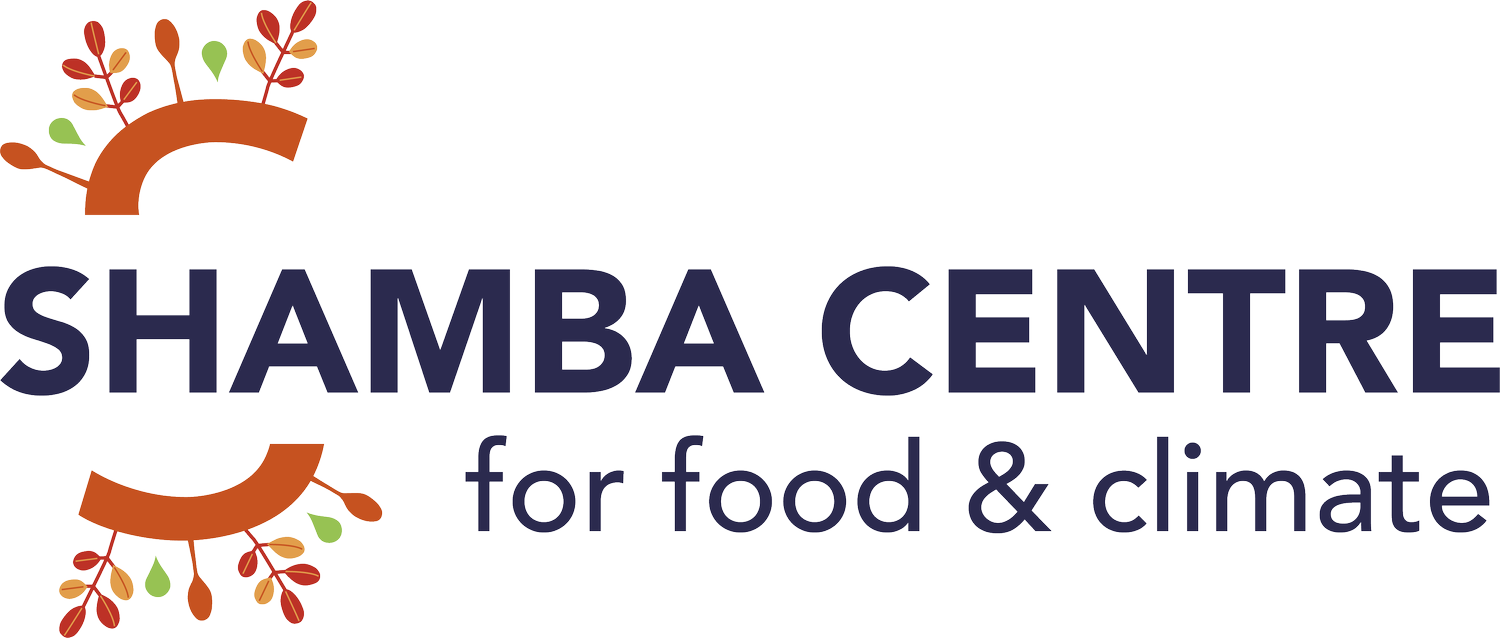
Where ambition lies: Insights from the Africa Food Systems Forum 2024
18 September 2024 by Oshani Perera, Director of Programmes and Co-founder of the Shamba Centre for Food & Climate
With five thematic days, 100 panels, even more side events, deal rooms and TEDx talks, the African Food Systems Forum provided an important moment for the agri-food development community to reflect on a growing reality: the Sustainable Development Goals (SDGs) will not be reached by 2030. And SDG 2 on Zero Hunger is no exception.
Governments were categoric that they did not have the reserves and budgets to spend more on the drivers of food insecurity and malnutrition – ‘foodflation’, debt, economic downturns, climate, conflicts, and income inequality. As such, they asked donors to step in.
Donors responded by citing the UN’s State of Food Security and Nutrition in the World 2024 (SOFI) report: approximately US$ 26 billion has already been dedicated to addressing these drivers and their underlying structural inefficiencies, with proportionally larger shares going to the African continent. Donor partners and implementing organisations presented their ongoing work, particularly in agtech, biotech and farming practices that mimic nature by, for example, combining multiple crops with the farming of livestock and fish. But they also worried about aid budgets being diverted to rebuilding Ukraine, their constrained access to capital, and a ‘fast changing’ climate. Hence, they called for more money and cheaper money to support adaptation to more frequent and more extreme weather events.
The nutrition community also actively joined the agenda. They voiced concerned about the rapidly growing burden of malnutrition (with its impact on stunting, wasting, micro-nutrient deficiencies, obesity, diabetes, and heart diseases) and the challenges in increasing diet diversity across the continent. Celebrity chefs also joined the nutrition discussion with daily demonstrations on easy, tasty, and affordable meals using local and seasonal ingredients and alternative proteins. The Shamba Centre will soon be adding value to this discussion with our work through HESAT2030 on high impact nutrition-sensitive interventions.
The most thought-provoking discussions were the difficult ones on how conflicts accelerate acute food insecurity; the co-relation between desertification and the hunger hot spots; the increasing migration of subsistence farming communities; and the integration of refugees into domestic food systems. While the systemically interconnected causes of these issues were being better understood, the effective systemic responses currently appear out of reach.
We can find solutions
Reflecting on these discussions and the realities before us, the Shamba Centre rejects the urge towards inaction and despondency. There are many solutions, both in terms of thematic agendas and systemic approaches. We back them. Below are a few that merit further exploration.
Very few people at the Forum accepted the reality that ODA to food security has increased massively; albeit larger proportions are being allocated to humanitarian assistance. For example, the G7 aid related to food security and rural development has almost tripled since 2000, rising from US$ 9 billion to US$ 24 billion in 2022. There is more public money available, but it could be used in a smarter way to catalyse private money.
Discussions on indigenous crops, legumes, vegetables, and fruits for domestic markets and for the climate transition, still sits on the fringe. Most of the discussions at the Forum focused on maize, cocoa, coffee, sugar cane, palm oil and to a lesser extent, on yams. Farmers and producers of food for domestic markets and working in domestic currencies must be prioritised.
Climate finance is the golden goose, but no-one talks about how this might be achieved. Everyone called for more climate finance to agriculture and food systems, but no one addressed how to do so. For example, there was almost no proposal to beef up sustainable agriculture and low carbon processing in Nationally Determined Contributions (NDCs) and to make research and scaling of agtech and biotech key features in national adaptation plans. There was also no acknowledgement that agri-food enterprises form the bulk of ‘scope 3’ emissions of most industries (see footnote 1). This means that farmers and food businesses will face increasing scrutiny from their buyers and financiers who are working on mandatory and voluntary climate risk disclosure standards. Focusing on ‘scope 3’ is another vehicle for climate finance.
Nature finance is quickly catching up with climate finance but has yet to make it on the agenda of the food systems community. National commitments under the Kunming-Montreal Global Biodiversity Framework promise to open even more opportunities for sustainable agriculture, soil health, indigenous crops, and diet diversity. For example, in February 2024, the Global Environment Facility alone announced US$ 1.1 billion will be channelled via its Global Biodiversity Fund. UNEP and other commentators suggest that nature finance will grow faster than climate finance in the immediate term.
More knowledge is needed on the link between food inflation and more frequent and extreme weather. The possibility that climate change may make foodflation a new norm needs to be better understood. Admittedly, this is a difficult topic which is also linked to local currency fluctuations against the US dollar, inefficiencies in the execution of cash-transfer programmes, and monetary policy decisions in African countries. In July 2024, The Economist reported that in Nigeria, the price of maize had increased 400% compared to a year ago. At the Forum, speakers cited similar price hikes on vegetables, fruits, and chicken.
The role of domestic investors and domestic banks in financing agrifood systems was not mentioned. Yet, without domestic investors funding alongside donors, development finance institutions and foreign investors, there can never to lasting change. Developing country governments need to lead with incentives and reforms to change this status quo. Donors and development finance institutions can then follow suit.
Linked to the above point, the discussions on blended finance remained superficial, despite the presence of development finance institutions and blended funds at the Forum. There appears to be very little understanding on how donors and governments can de-risk, why development finance agencies should take on more risk and how blended finance transactions can be designed. Blending finance needs to become a reality.
There was an excitement on the Task Force for a Global Alliance Against Hunger and Poverty proposed by the Brazil’s G20 Presidency. Dr Ibrahim Mayaki, Chair of the Zero Hunger Coalition issued a statement welcoming the new Alliance and establishing the base for collaboration. The Shamba Centre also looks forward to supporting the Task Force in collaboration with other powerful G20 tracks such as the G20 Agriculture Ministers track, the G20 Finance Ministers track, the G20 Initiative on Bioeconomy and indeed the G20-IMF Debt Service Suspension Initiative. These are all vital forces to end hunger.
Our very human connection to land and food makes zero hunger the most important baseline for just and free societies. Given the complexities of the agrifood system, there will always be a gap between rhetoric and reality and the lead times between the two are likely to become even more long and painful. But all begins with learning, thinking, and discussion. The Shamba Centre will be at the forefront across all three in the months to come.
Footnote
(1) The Task Force for Climate-related Financial Disclosure framework is designed around Scopes 1, 2 and 3. Scope 1 covers emissions from sources an organisation owns/controls directly; Scope 2 covers emissions from energy/electricity purchased an organisation; Scope 3 emissions are all indirect emissions that occur in the upstream and downstream activities of an organisation, including purchased good and services, waste disposal, transport and distribution.
